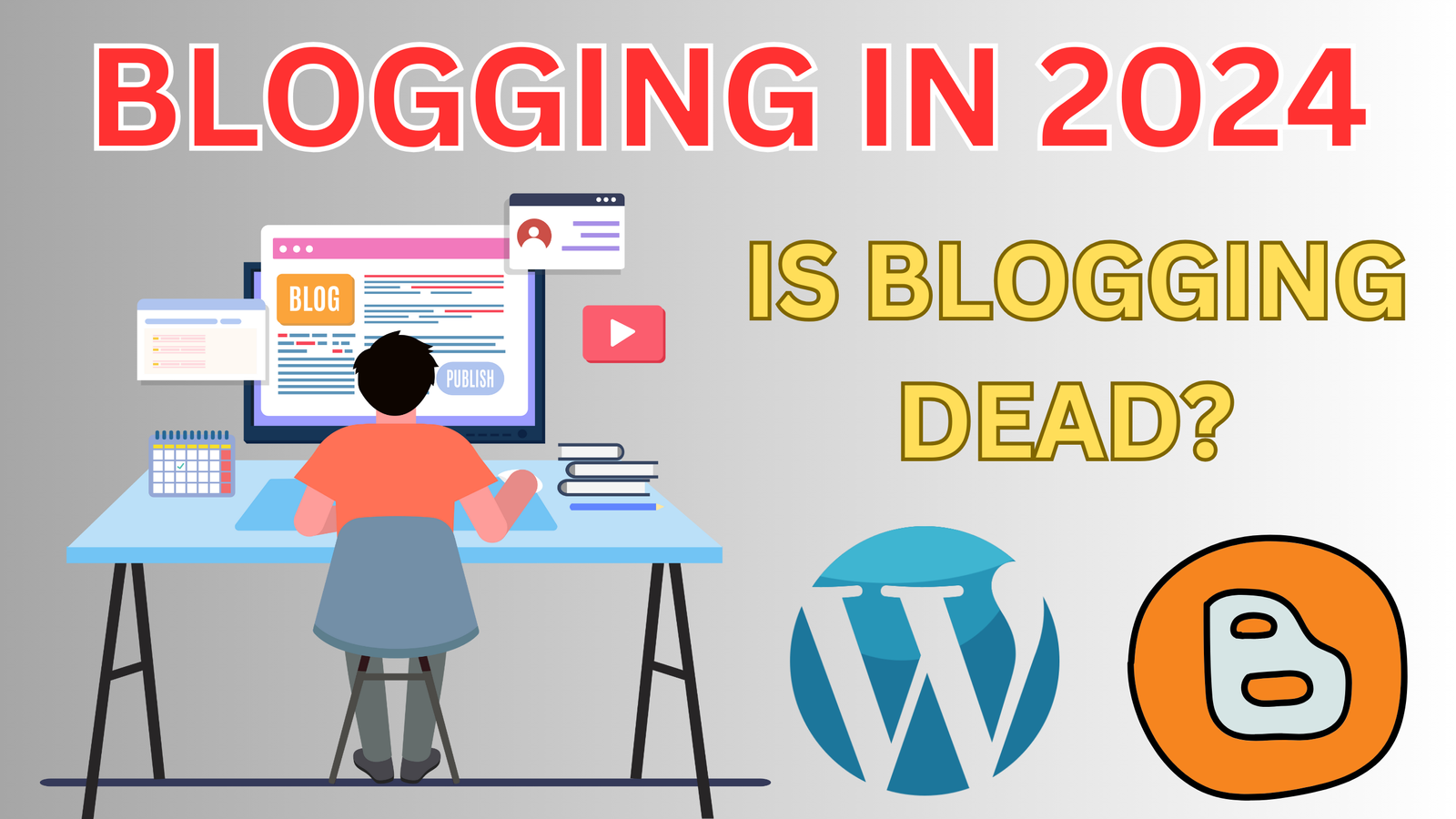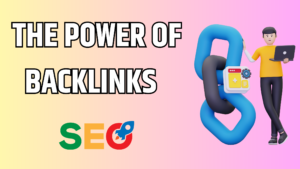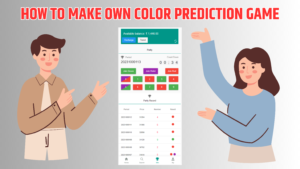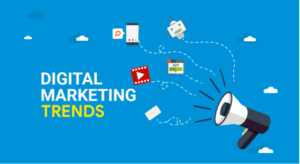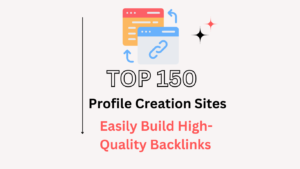In this article, we share the 10 best html projects in 2023 with source code. Whether you’re looking to land a job as a web developer or enhance your portfolio, we’ve included html projects for beginners and experienced pros alike.
With a history spanning nearly three decades, HTML is still the standard language for creating web pages and web apps today, as shown by its number 2 ranking among developers.
And with the Bureau of Labor Statistics reporting a median annual salary of more than $85,000 for web developers, building html projects can be very lucrative for your career.
If you’re looking to gain HTML skills, one of the best ways is to consider project-based learning by tackling html projects.
So if you’re ready, let’s dive into the best html projects to help you further your web development career.
Why Learn HTML in 2023?
HTML is perhaps the original gateway language for newcomers to web development and programming in general. In fact, most developers have probably taken the time to learn how to create a website with HTML, and it’s still a fantastic choice for newcomers in 2023.
Let’s take a look at some of the most compelling reasons to learn HTML in 2023.
- The foundation of web development: HTML provides structure and content for web pages, making it essential for creating any type of website or web app.
- Easy to learn: HTML has a simple syntax and structure, meaning that basic HTML knowledge allows you to quickly build your own web pages.
- Web accessibility: Learning to create accessible HTML code will help make the web a more inclusive place.
- Stepping stone to other web technologies: A solid foundation in HTML is ideal for learning other web dev skills and programming languages like CSS and JavaScript.
- Career opportunities: Whether for web development, marketing, content creation, and more, HTML skills are in demand in various industries and sectors. You can even earn HTML certifications to enhance your resume when applying for new career opportunities.
Best HTML Projects for Beginners With Source Code
1. Simple Landing Page
Key project skills: Utilize basic HTML tags and simple CSS
This is a great starting point if you’re looking for simple HTML projects for practice. This HTML project for beginners requires you to build a simple landing page using both HTML and CSS. You’ll also practice creating headers and footers, creating columns, aligning items, and more with this static page.
You’ll also get to grips with CSS to style your HTML elements. This includes choosing color combinations, padding, margins, and spaces between paragraphs, sections, and boxes for the landing page.
As one of our easy HTML projects, this is a great chance to experiment with complementary color schemes and other UX design aspects for a simple landing page.
Need a way to show your landing page to the world? offers managed cloud hosting services for sites of all sizes. Check their prices to find a solution for your project portfolio.
2. Tribute Page
Key project skills: Utilize HTML tags, basic semantic elements, and CSS
This is another of those HTML practice projects that are ideal for beginners. With this tribute page, you’ll combine your HTML skills and your passion for a person or topic.
This tribute page project requires you to edit the page title and description, add sections for notable quotes and images, and also create a biography section.
This is another project that’s good for using HTML elements along with CSS to enhance styling and appearance. You’ll be able to practice using paragraph elements and key CSS styles for box-sizing, margins, and padding with your tribute page.
3. Event/Conference Webpage
Key project skills: Utilize generic container elements, semantic elements, HTML tags, and CSS
This is one of the easier beginner HTML projects that are great for experimenting with your HTML skills, as it involves building a static page to display detailed information about an upcoming event. You’ll also be able to combine HTML and CSS, which is good for honing your UX skills.
Feel free to experiment with this project by dividing the page into smaller sections with div elements. This is also helpful in making the page more organized. You’ll also be able to create header and footer semantic tags, along with a menu display.
When it comes to CSS, play around with color choices for different sections, and also try out different font types and colors to get the perfect theme for your website.
4. Technical Documentation Page
Key project skills: Utilize attributes, nesting, semantic elements, HTML tags, CSS, and JavaScript
If you’re looking for more challenging HTML project ideas for beginners, this is a great way to practice using HTML, CSS, and JavaScript. The idea of this project is to create a technical documentation page where you can click on any subject to load the necessary content.
You’ll dive straight into the content body and need to create a sidebar. You can then use sections for documentation, including formatting with useful HTML tags like <p> and <h2>.
Like any HTML assignment or project, you must consider style choices for the body, sidebar, tags, and more. If you want to take this a step further, consider researching how to add a backend database to fetch data. This is a standard aspect of any dynamic website, and it’s a great way to expand your skills.
5. Survey Form (A Questionnaire)
Key project skills: Utilize attributes, generic container elements, HTML tags, and CSS
If you want HTML practice projects for beginners with real-world applications, this is a great choice, as you can use it to practice building forms. It’s also great for honing your web page organization skills with HTML and CSS.
In this project, you can create a form container and separate it with div elements. You’ll also need to use buttons, text fields, form controls, and placeholder text for form field labels. As expected, CSS is handy with this project to style buttons, field inputs, and more.
If you want to extend your skills, consider researching ways to make the form accessible using HTML’s accessibility features. This is a great way to enhance your UX and UI expertise.
Best Advanced HTML Projects With Source Code
6. Restaurant Website
Key project skills: Utilize generic inline container elements, nesting, HTML tags, and CSS
This HTML project involves creating a stunning website for a restaurant to demonstrate your command of HTML and CSS, and as a more advanced HTML project, you can expect the web page layout to be more challenging than the previous projects.
Some of the key elements of this project involve more advanced CSS skills, including a CSS layout grid to position foods and beverages on the page. You’ll also need to show prices and images, not to mention style choices regarding the right blend of colors and font styles.
If you’re interested in front-end web design, this project boosts your skills. You can even include a picture gallery with sliding images to enhance this website’s appearance. If you want to take this a step further, research ways to make your website responsive and mobile-friendly.
7. Music Player
Key project skills: Utilize class names, generic inline container elements, CSS, and Javascript.
If you’re a music lover, this is one of the most fun, relatively advanced HTML projects. You’ll use a blend of HTML, CSS, and JavaScript skills to make the most of this project.
Some of the key aspects of this project include adding important music control buttons like play, stop, rewind, etc. You’ll also need to add a stylish backdrop or thematic color choice to ensure it looks attractive.
In terms of HTML, you’ll need to create class containers and divs and then blend this with CSS for styling and jQuery for music player functionalities.
8. Photography Site
Key project skills: Utilize attributes, semantic elements, nesting, tags, and CSS.
This option is an excellent choice if you’re looking for HTML web development projects with source code focusing on images. With this HTML project, you’ll be able to hone your UI and UX skills by building a one-page photography page, a lot like a single-page application (SPA).
You’ll blend HTML and CSS for this project, with a heavy emphasis on CSS to make the page beautiful. Another key aspect of this HTML project is designing buttons, as you’ll need to consider the margins, padding, color combinations, font sizes, font styles, picture sizes, and overall styling.
9. Personal Portfolio
Key project skills: Utilize container elements, nesting, attributes, tags, CSS, and JavaScript functions.
For this HTML project, you’ll build a personal portfolio page on your website by combining HTML, CSS, and JavaScript.
Like any good personal portfolio, you’ll need an about section, portfolio, and services, which requires using various HTML elements, like divs, classes, and semantic tags. When applying for developer jobs, this is a great way to showcase your HTML skills and other web development accomplishments.
10. Parallax Website
Key project skills: Utilize HTML tags, generic container elements, attributes, CSS, and Javascript.
This advanced HTML project is an excellent way to learn about the very popular parallax design technique. If you’re unsure what this is, you’ve no doubt used many web pages that implement this approach.
In a nutshell, when a user scrolls down a page, different layers move at different speeds, giving a sense of movement and depth via a 3D effect. Sounds cool. Well, it is, and you’ll be building a cool website that implements this tremendously effective design technique in this advanced HTML project.
This requires you to use a range of HTML elements along with CSS to create the actual parallax effect. You’ll do this by dividing your main background image into different zones that will give the impression of scrolling at different rates.
What Is HTML?
Created in 1993 by Tim Berners-Lee, HTML (HyperText Markup Language) is the standard markup language for creating web pages and web applications. But what is a markup language? Well, this just means that HTML uses tags to mark up content and provide structure for web pages.
Despite being around for three decades, HTML is always evolving, and the most current version is HTML5, which was released in 2014. This was a big step forward for HTML, as it introduced new features like semantic tags and audio and video support.
In 2023, HTML is one of the key components of the modern Internet, and it tends to be used alongside web dev technologies like CSS and JavaScript. With this combination, web developers can create rich and interactive web pages, web applications, and other web development projects.
The exponential rise in mobile devices and increasing importance for accessibility has also helped HTML to remain relevant, as proper use of HTML tags and attributes can make websites accessible to all users while also making them easy to view on all types of devices.
Key Features of HTML
Let’s take a quick look at some of the key features of HTML.
- HTML documents are saved with .html or .htm file extensions.
- HTML is closely related to other web technologies like CSS and JavaScript, with CSS styling and formatting HTML content and JavaScript adding interactivity and dynamic behavior.
- HTML tags are defined by angled brackets (< >) to define the structure and content of web pages. They can also contain attributes or additional information about the tag.
- HTML elements are the building blocks of a web page. These are defined by a start tag, content, and end tag, with common examples being paragraph <p> tags and more complex elements like images and videos via <img> and <video> tags.
- HTML attributes are extra bits of information that you can add to HTML elements to modify behavior or provide additional information.
- HTML is platform-independent, meaning you can use it on any device or operating system, and popular web browsers like Chrome, Firefox, Safari, and Edge can render content.
- HTML nesting allows one HTML element to be placed inside another, creating a hierarchical element structure ideal for grouping related content and providing additional structure.
- HTML has built-in accessibility features to ensure web content is accessible to all users, including support for screen readers, magnifiers, and text descriptions for images and media.
- HTML uses semantic markup elements to add meaning and structure to web content, with common examples of semantic tags being <header> and <footer>. This can also be useful for SEO, allowing search engines to understand web page structure better.

Final Thoughts
So there you go, the 10 best html projects in 2023, including a range of html projects for beginners and seasoned pros.
Whether you’re just starting out in web development or you’re keen to enhance your portfolio, each of the html projects we’ve shared are ideal to learn HTML while also showcasing your skills to a future employer.
Whichever html project you choose to take on, we wish you the best of luck with your web development career!
Want to sharpen up your HTML and web development skills? Check out:
Frequently Asked Questions
1. Where Can I Create an HTML Project?
The easiest way to create and work on HTML CSS projects is to create a .html or .htm file and then edit this in a simple text editor like Notepad. However, working on HTML projects in a fully-featured code editor, like Sublime Text or Visual Studio Code, is often easier.
2. How Do I Practice HTML and CSS Projects?
If you’re a beginner, the best way to practice HTML website projects is to check out the first half of our list and work through the HTML CSS projects for beginners. When you’re confident in your skills, try some of the more advanced HTML projects. Alternatively, if you’re an experienced dev, try any of our advanced HTML projects.
3. Is HTML Easy for Beginners?
Absolutely, HTML is easy for beginners to learn because of its simple syntax and structure, which makes it easy to quickly build your own websites. It’s also a great stepping stone for other languages, like JavaScript, often used with HTML for front-end development.
4. Why Do We Use HTML in Projects?
HTML is used in projects because it provides structure to static pages and dynamic web pages, it separates content and presentation via CSS, it has accessibility features, it has cross-platform compatibility, and it is ideal for SEO due to semantic tags.
5. Where Can I Run HTML Code?
You can run HTML code by opening your .html file with any popular web browser app, like Chrome, Firefox, Edge, Safari, etc. Alternatively, you can use online code editors to create and view HTML pages or set up a local web server on your own computer with something like Apache HTTP server.



